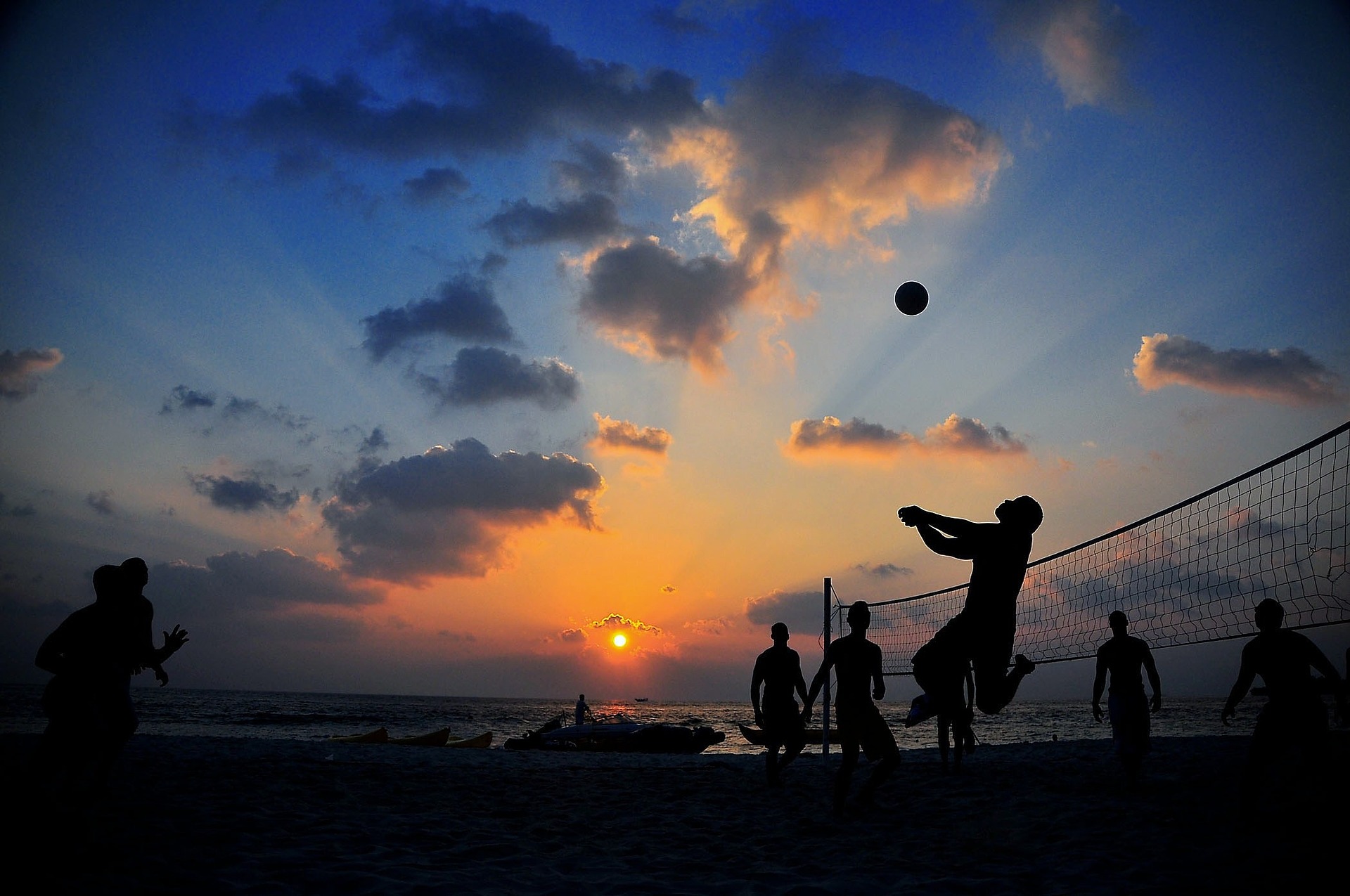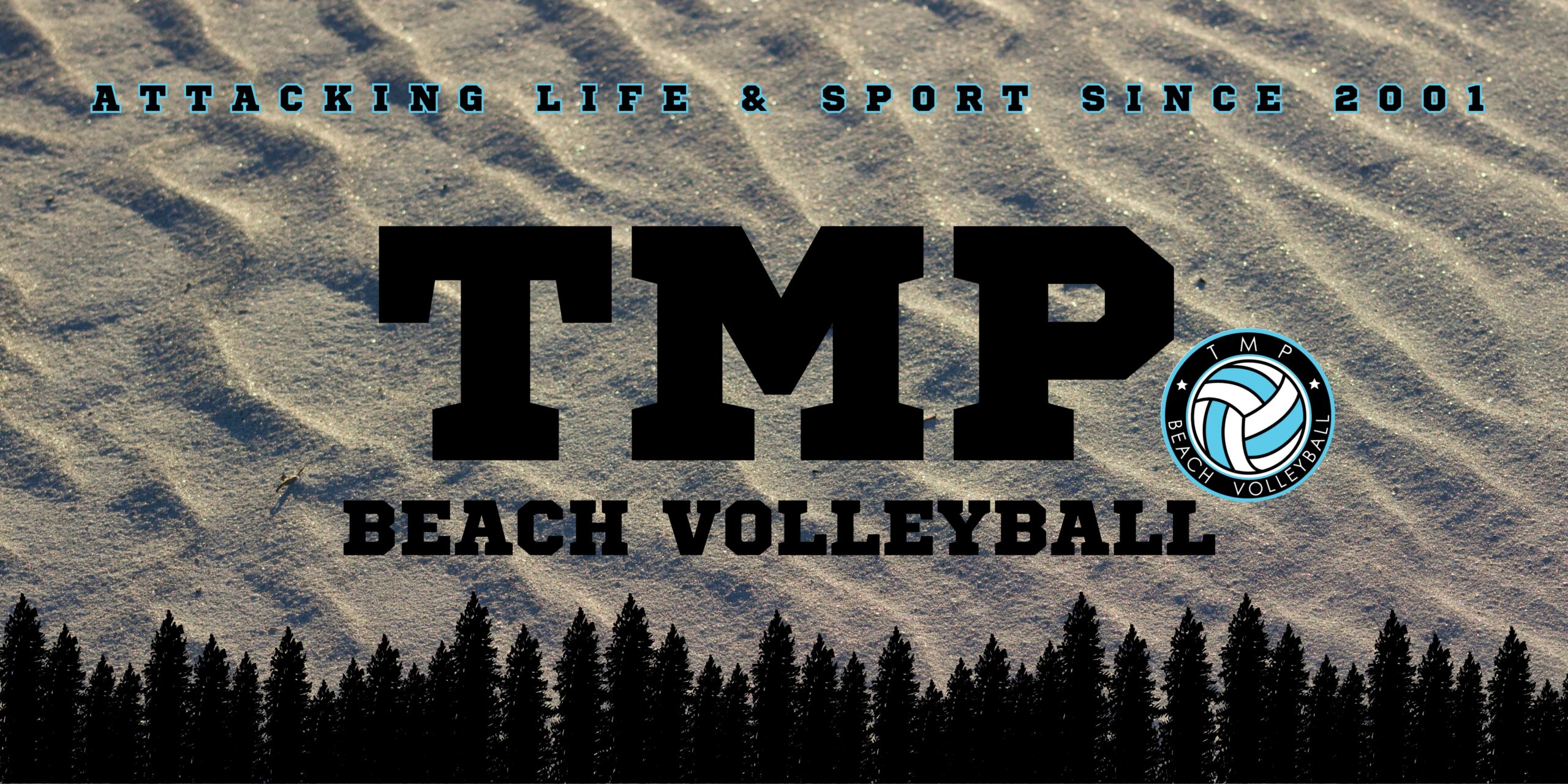Optimizing Sports Performance in the Heat

By DYLAN MOEN, PT, DPT, ATC
As the sport of beach volleyball becomes more popular, the athletes competing should be aware of the affects that heat has on the body and sports performance. Especially those athletes that live in the Midwest where the weather conditions change from the snowy cold to hot, sunny days. Being aware of heat exhaustion preventative strategies can not only reduce heat related illness but it can improve sports performance. Thermoregulation is defined as the body’s ability to regulate temperature under normal conditions. The stress of environmental heat combined with physical exertion can be a burden to the body’s ability to self-regulate temperature and adversely affect performance. Below are three strategies you can use to optimize your performance in the heat.
- Appropriate hydration and electrolyte replacement—Start by drinking a sufficient amount of water the night before competition and make sure your urine is clear. For the day of competition 17-20 oz. of water 2-4 hours before exercise and 7-10 oz. of water 10-20 minutes before is recommended. Because of electrolyte loss during sweating, sports drinks are more effective for fluid and electrolyte replacement.
- Gradual acclimatization and heat training –Don’t just go and compete without training in the heat. It is recommended that graded exposure to competing in the heat occur over 7-10 days. Check out the National Athletic Association consensus statement “Preseason Heat acclimatization guidelines for high school athletes” for detailed recommendations.
- Keep Cool – When overheated, the body will shunt its blood to vital organs. That means that the muscle groups needed to pass, defend and attack the ball won’t get the blood they need. When not competing, make sure to take shade and rest your body. Bring an umbrella with a lawn chair or find some shade under a tree to help your body maintain a normal body temperature. You can also bring a cooler with wet towels to place on the back of your neck.
If you have any questions or would like help implementing this regimen into your training don’t hesitate to reach out to one of our physical therapist at any of our Orthology locations.
Dylan Moen, DPT, PT, ATC
Orthology Inc
9325 Upland Lane N, Suite 230
Maple Grove, MN 55369
T 763.315.0466 I F 763.260.7653
dylan.moen@orthology.com l @orthology_inc
Citations:
“Exercise in Hot and Cold Environments.” Physiology of Sport and Exercise, by W. Larry Kenney et al., 5th ed., Human Kinetics, 2012, pp. 283–285.
“Environmental Considerations.” Arnheim’s Principles of Athletic Training: a Competency-Based Approach, by William E. Prentice and Daniel D. Arnheim, 14th ed., McGraw-Hill Higher Education, 2011, pp. 151–155.
